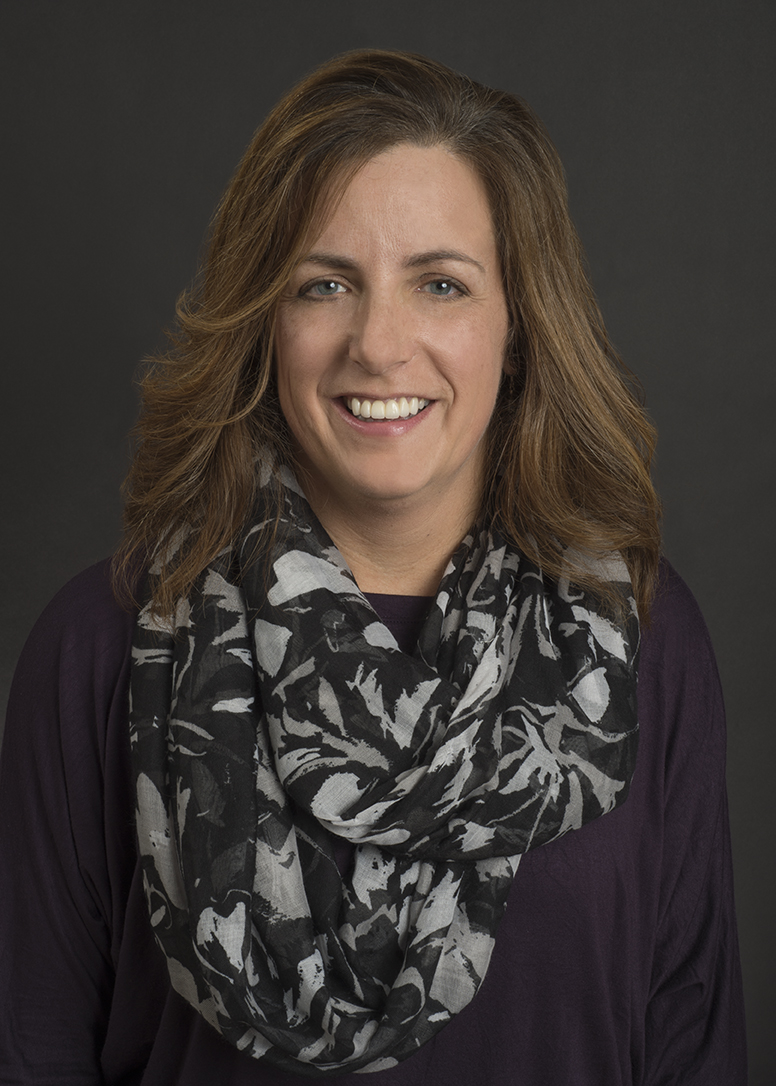Backward Design
Hello, everyone! I'm Krista Wojdak and am happy to be serving as a member of the Online4Bio team. I am a Professor in the Department of Leadership and Educational Studies at Appalachian State University where I coordinate the College and University Teaching certificate in the Higher Education program. My background is in Instructional Design and higher education pedagogy. I also work with our Center for Academic Excellence with a variety of online teaching and learning professional development initiatives.
I am happy to bring my expertise in course design, online learning and higher education pedagogy to this initiative as an instructional design consultant. Please feel free to reach out and ask questions about course design or teaching online!
What is Backwards Design?
Backwards design is an outcomes-based course design model that challenges instructors to begin planning their courses with the end in mind. It is a model that encourages a systematic approach to course design, asking us to consider what we want our students to know or be able to do as a first step in the process. The model is focused on creating alignment between what we want our students to know or be able to do (outcomes), measures of achievement of the outcomes (assessments), and the learning experiences they will be engaged with to learn the content (activities).
The video below provides a conceptual overview of the process of backwards design, while this website provides more detailed information, including a video excerpt with the co-author of Understanding by Design. Potential discussion questions: Hi everyone! I'm Hayley Orndorf and I am the Universal Design for Learning (UDL) Initiative Manager at BioQUEST and the Project Coordinator at QUBES. In these roles, I design and present UDL professional development in a variety of settings as well as support initiatives focused on Open Educational Resources. My background is in biology, American Sign Language interpreting, and I'm currently pursuing a Master of Science in Education in Learning Design and Technology at Purdue University. Why do I care about UDL? Well, instead of asking learners to adjust how they learn best to meet the design of the environment, UDL challenges us to change the design of the environment to better support all learners. I am looking forward to meeting all of you soon! Universal Design for Learning (UDL) is an instructional approach that provides an equitable learning experience to the broadest possible diversity of students, minimizing the need for individual accommodations. This is achieved by ensuring the learning environment, which includes learning materials, provides multiple means of engagement, representation, and action and expression. The UDL framework was developed by CAST in the 1990s and is grounded in learning and neuroscience research. Review this video about the organization of the UDL Framework and then explore the UDL Guidelines on CAST's website. Remember, the UDL Guidelines are not a checklist! Start with small, purposeful changes that remove unnecessary barriers while preserving productive challenges. Discussion Questions Open the UDL Guidelines identify which UDL checkpoints you have already incorporated into your article. Reflect on the last time you implemented this article in your classroom. Getting Started
Backwards Design and your CourseSource article
Universal Design for Learning
What is Universal Design for Learning?
Getting Started
UDL and your CourseSource article


